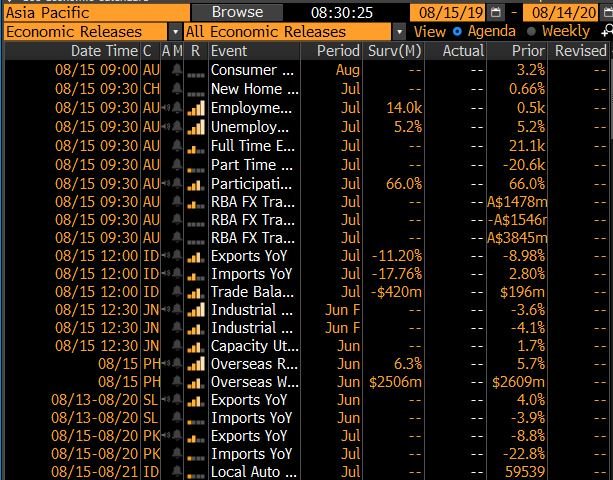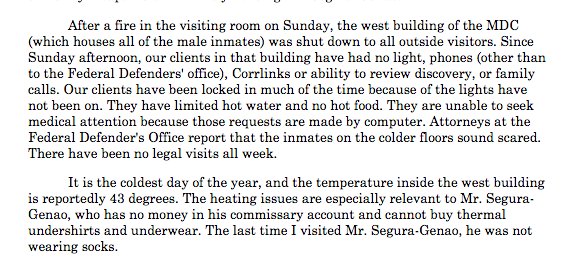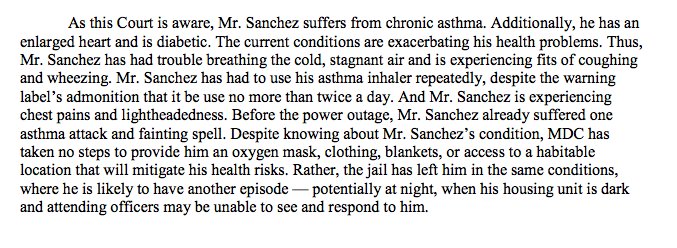Lawyers for the officers consent to the report being entered as evidence.
Hones in first on that this was the first time he carried out an officer-involved shooting investigation.
Yes.
So no intent to just get the officers off the charges?
Not at all.
Understanding that facts would be used for criminal or civil proceedings?
Yes, as well as coroner's inquiry.
Yes.
Such a report would be necessary to conclude whether a shooting is justified?
Yes, though it was put together as facts were gathered whereas often it's done after all the facts are known and gathered.
They include:
- Vienneau has no known criminal links or past.
“There was a very extensive investigation done,” Wilson says. A crime analyst from Fredericton went to Quebec to check a database.
Burke 'May' because you can’t know?
“You’re right, that’s why we put may there.”
Is that uncommon for undercover work?
No, Wilson says.
Yes.
That was the Pontiac Bulger and Boudreau were driving?
Yes.
“Pretty big finding, I would say,” Burke says.
“Yes," Wilson says.
Burke : was there alcohol found in toxicology report?
Not that I recall, Wilson says.
Finding: Bulger fired his pistol once at rear tire to try to stop it from moving.
Burke: That was to try to stop the car?
“That’s what he said,” Wilson says.
You had no reason to doubt that?
No.
Burke: You don’t disagree with your key finding?
“No, I don’t,” Wilson says.
Wilson: No, you're not wrong.
purposely trying to run over Bulger?
"It certainly preceding the shooting," Wilson said.
Burke asks Wilson to confirm he supports that conclusion. He does.
You had an accident reconstructionist investigate?
Yes.
Yes, Wilson says. There was actually paint transfer between the two vehicles.
The light didn't appear to stand out very well. He continues:
"I thought this probably wasn't the best illumination or visibility of a police vehicle."
Yes, I noted that myself.
Munro: That's not the officers fault -that's the equipment offered.
I can't offer opinion on who is responsible, just on its visibility.
Wilson says the impact of the two cars hitting each other moved the light.
Conclusions on how that could impact a person's impression of whether or not the car is undercover police car?
That could affect things. Wilson says he accepted that Basque may not have realized officers were police.
cbc.ca/news/canada/ne…
Basile Chiasson, the lawyer representing the Bathurst police chief, asks on what authority he was going.
"It was my belief that we were going out there to investigate this tip," Matchett says.
He was the first to arrive at the parking lot. He called to let other officers know the car was there.
"Investigating a Crime Stoppers tip."
By what means?
To observe the car, anyone who might get in the car.
No.
As that happened, he doesn't recall any chatter on the radio system.
He says the white car was now in a different position, off at a 45 degree angle.
Midway across the road, he slipped and fell, got up and continued to try to back up.
The car went into the snowbank.
"As it did, Const. Bulger was pushing himself off the front passenger side of the car."
Did he hear anything?
No.
Already on the snowbank.
Matchett drove up to the back of Vienneau's car so it couldn't move.
He went to the driver's door and helped remove Vienneau from the car.
Yes.
Where was he?
Most of the time he was in front, but at the end he was off to the side pushing himself off.
To make an arrest.
How do you know that?
Because our investigation had led us to believe they were trafficking drugs.
The arbitrator raised the idea that if they wrap up testimony early today, he may want to go with the lawyers to the Via Rail station to observe the location.
As it hit the snowbank, he was pushing himself off the side and rolled away, Matchett says.
Chiasson wraps up.
TJ Burke starts his cross-examination.
Yes.
Burke: As it was going into the snowbank?
Yes.
Yes.
Not that I recall.
Munro wraps up his cross-examination.
Chiasson begins redirect.
Drug dealers are known to carry weapons, so yes.
Matchett: Yes, he was pushing himself off the vehicle (he motions with both arms pushing back).
Anything in his hands?
I don't recall.
The arbitrator now has several questions.
First about the radio system - whether Bathurst police have the encrypted radio system the members of the Northeast Integrated Intelligence Unit were using.
He says they don't, but sometimes borrow.
Yes, I pulled up behind them.
Where was their car parked?
Just west of the station.
Any vehicles between the cars?
Yes, there were quite a few vehicles in the lot.
How many spaces?
Four or five.
He says he wants to get a general sense of the area.
TJ Burke also says the two parties will need to have a conversation that could help matters related to this hearing. Chiasson says his counterpart has used words that carry certain obligations.
Oblique references.











